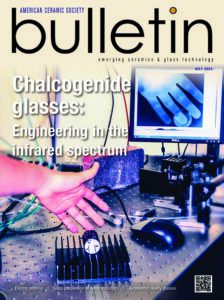
Biography:
Dustin Gilbert is an Assistant Professor in the Materials Science and Engineering Department, at the University of Tennessee. He received his Ph.D. in Physics from the University of California in Davis in 2014 and was an NRC postdoctoral fellow at the NIST Center for Neutron Research before joining the faculty at the University of Tennessee in 2018. Prof. Gilbert conducts research on nanoscale systems with an emphasis on magnetic materials and spin phenomenon. This research has included magnetic skyrmions, hard drive materials, biomedical materials, magneto-ionic systems, and high entropy alloys and oxides, as well as fundamental research into proximity effects and hysteretic reversal processes. Recently, Dr. Gilbert was awarded a DOE Early Career award to investigate chiral magnetic structures, including specifically magnetic skyrmions, using neutron and X-ray scattering.
Talk Title: Skyrmions – Magnetic Whirls and Wigglers
Talk Abstract
Magnetic skyrmions are localized spin textures in-which the magnetic moments curl into a continuous, coplanar loop, bounded on its outside perimeter and core by moments in opposite out-of-plane directions. This very specific configuration provides the skyrmion with a non-trivial topology and quasiparticle qualities, including kinetics and collective dynamic modes. Neutron scattering has been the gold standard for the identification of skyrmions, including their initial discovery in 2009. In this talk I will present several works focused on using neutron scattering in unconventional ways, such as GISANS, TISANS, FMR-SANS, and off-specular PNR, to provide new and unique insights into skyrmions. A highlight of this work will be our research into hybrid skyrmions in Gd/Fe multilayers. This system has shown the largest temperature/magnetic field stability envelope, which includes room temperature and zero magnetic field, making them attractive for skyrmion spintronic devices. Using neutron scattering we confirm the full 3D structure, tethered to fundamental theories in magnetism, and the structure of the spin waves generated by their gigahertz dynamic modes.
Subscribe to Ceramic Tech Today

Don’t miss the latest ceramic and glass materials news. Receive the CTT newsletter to your email three times a week by subscribing at this link.
Subscribe to Ceramic & Glass Manufacturing Weekly

Don’t miss the latest ceramic and glass business news. Receive the C&GM Weekly newsletter to your email every Monday by subscribing at this link.


